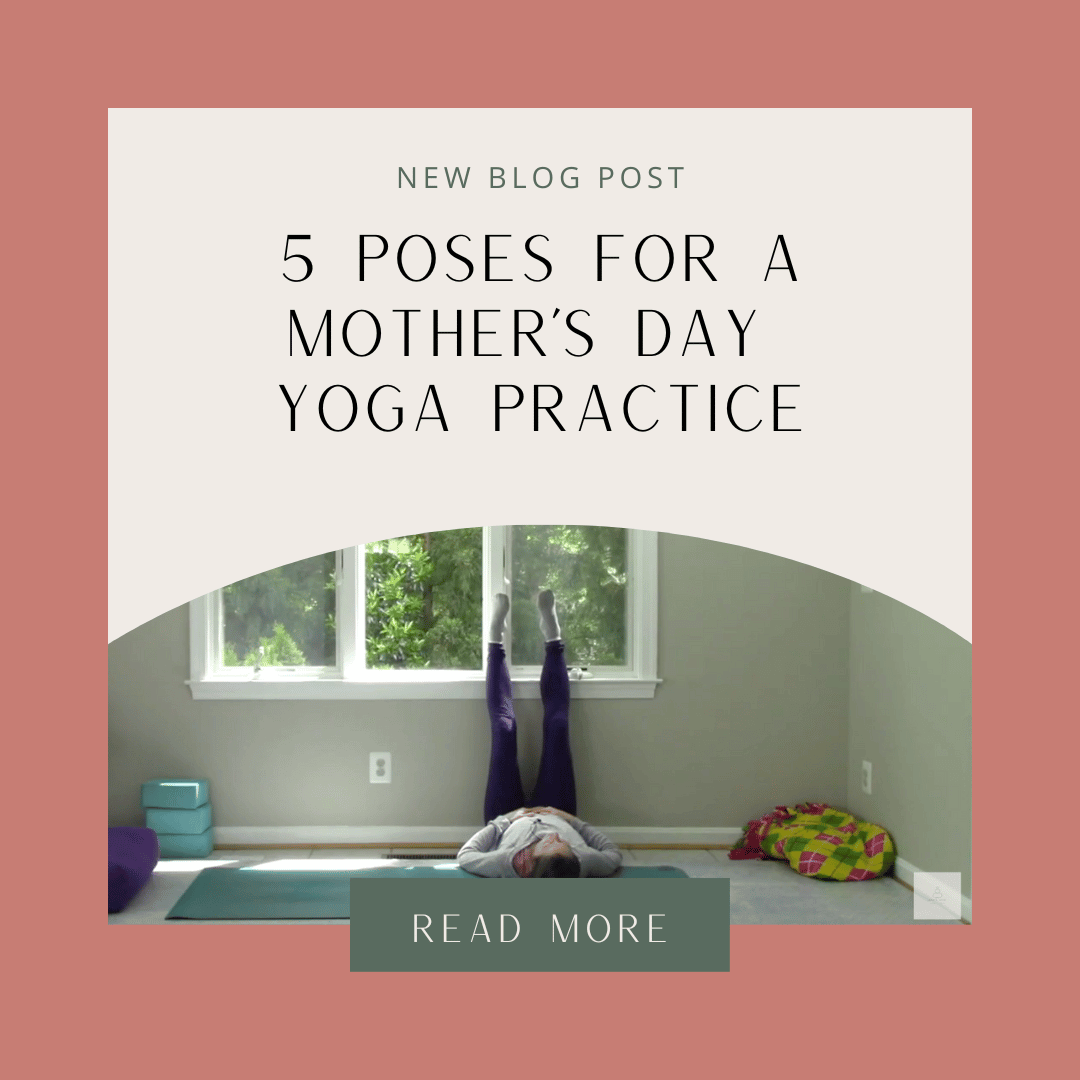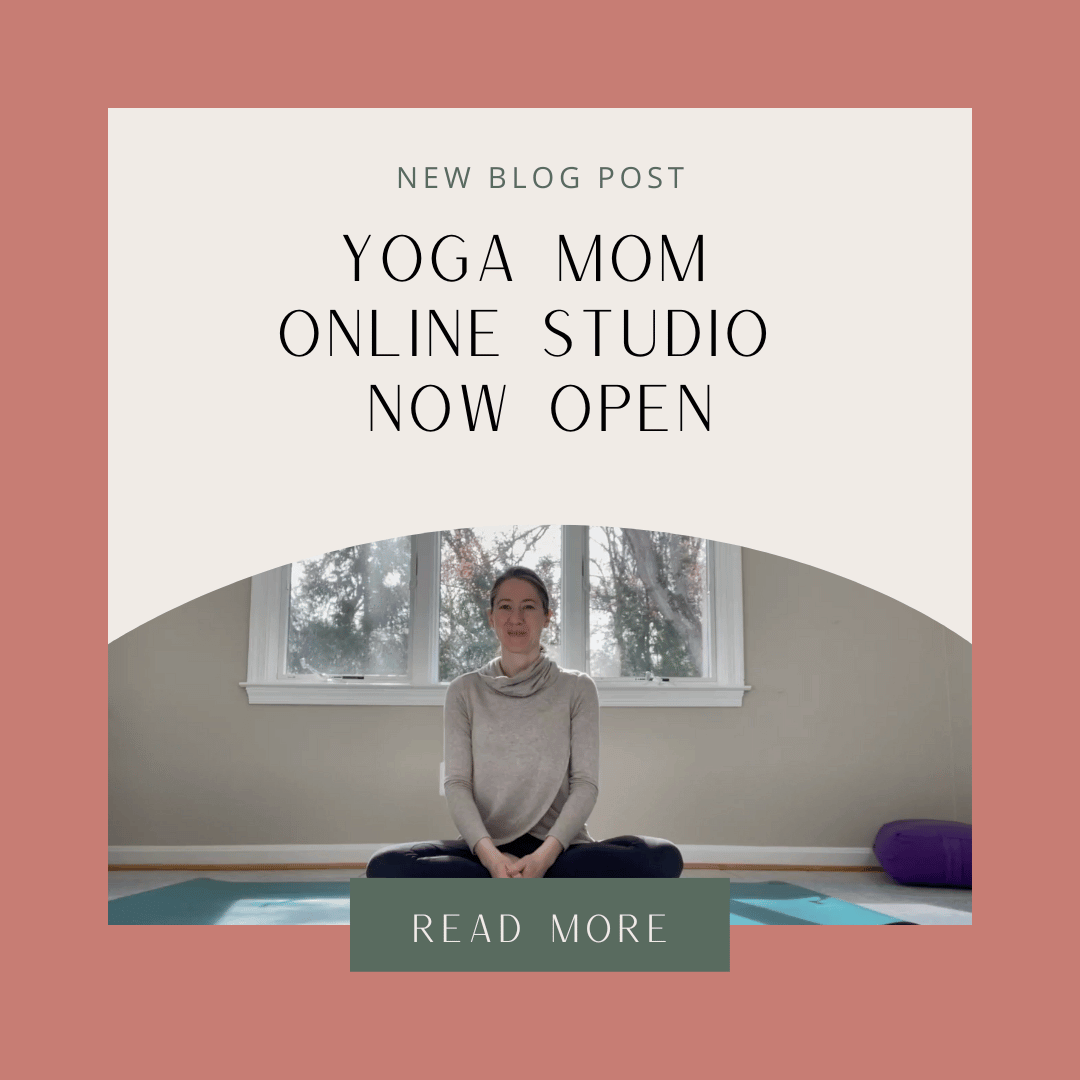I recently finished reading Mark Singleton’s 2010 book project titled Yoga Body: The Origins of Modern Posture Practice. It’s an academic read but nonetheless a great resource for understanding how we got to the yoga practices that proliferate in studios across America today.
The book looks at how postures developed as part of the yoga practice around the late 1800s and into the early 1900s until exploding in popularity in the West sometime around the 1970s.
At first, postures were looked down upon
Interestingly, Vivekananda, widely considered the first person to bring Yoga to America, was very critical of postures and insisted they had no part in a more intellectual, mental and spiritual pursuit that was the real aim of yoga. At this time, postures were associated with a specific lineage of Hatha yogins or “fakirs” that happened to wander the streets as “performers” to collect their alms. Historically, this lineage of yogins were tribal mercenaries and “earned” money and food by disrupting trade routes through their lands. Once the British empire cracked down on this type of banditry, the yogis were forced to find money and food elsewhere for survival and turned to the streets and their bodies to entertain. This was looked down upon by Westerners and Easterners alike as the image of the yogin performing “austerities” in many ways came to define the exotic “Oriental” people of the East, making it hard for a majority of Indians who had no interest in these ascetics to escape this stereotype.
Yogananada Paramhansa, perhaps even more well known in the West these days then Vivekananda, was also a strong proponent of the intellectual and spiritual pursuits of yoga minus any type of physical practice. His still popular Autobiography of a Yogi inspires many to take up the practices of meditation and his organization, Self Realization Fellowship, is still around today.
The blending of yoga, physical culture, and photography
Towards the end of the 1800s and the beginning of the 1900s, a global phenomenon began to take place. The ideal of the strong body became very important culturally, which led to the development of “physical culture.” This culture became defined by gymnastics-type exercises and body building and, at least in India, became a nationalist movement to overcome a weak sterotype.
Mark Singleton argues in his book that yoga postures as we know them today came to be through the synthesis of this physical culture movement with the philosophical underpinnings of yoga. Despite the claims of some famous yogis to this day, it is hard to find the textual evidence that physical yoga postures have been practiced as a ritualistic spiritual pursuit for 5,000 years.
The book also brings up the rise of photography and mass print production around this same time as a catalyst for the popularity of yoga postures.
Compare a book with text describing something subtle like the withdrawal of the senses or how to meditate and a book with pictures of how to perform postures. The book with the postures will be easier to comprehend and put into practice and thus became more popular and widely accessible.
Reconciling postures and spiritual yoga practice
While Singleton’s book stops analyzing the rise of the posture practice after the 1950s, when it really started to become a thing in the US, I personally thought the arguments about the cultural and historical backdrop are poignant even today.
I’ve used Singleton’s work to write other histories of yoga before arguing for the natural evolution of the practice to fit the times.
In my own personal practice I constantly struggle with reconciling the postures and the meditation. Singleton urges us not to consider the postures any less spiritual or “real” then the rest of the practices in light of the knowledge that they developed as a way to strengthen the Indian physique. The best I can do right now to convince myself that the postures are useful is to remember that the postures help me to maintain and control my body, which is the first, and a necessary, step to achieving enlightenment, at least according to the Hatha tradition. In other paths, the body does not play as prominent a role.
Posture as performance
It will be useful to spend more time contemplating what role the body plays in our contemporary society. There are certainly plenty of body image issues now perpetuated by the even more mass distribution of photos via social media. In fact, it’s almost like we’ve come full circle with apps like Instagram taking the place of the performing mendicant yogis and fakirs of the late 1800s.
One last interesting tidbit from the book – Krishnamacharya, credited with the creation of modern postural yoga that we practice today, would only have students perform fast sequences of postures (similar to our Vinyasa practices today) when the students were showcasing their progress in front of audiences. In daily classes, postures were held for longer periods of times, there weren’t always fast transitions, and each student would receive an individualized practice based on his or her needs, according to firsthand accounts by some of Krishnamacharya’s earliest students. In other words, Vinyasa in its most original form was always intended to be an aesthetic performance. Not much about it was meant to convey spiritual experience.
Lots to think about here. If you’re interested in the details, the history, and the argument, I highly recommend you read the book, which I’ve now added to my online Amazon library :).





